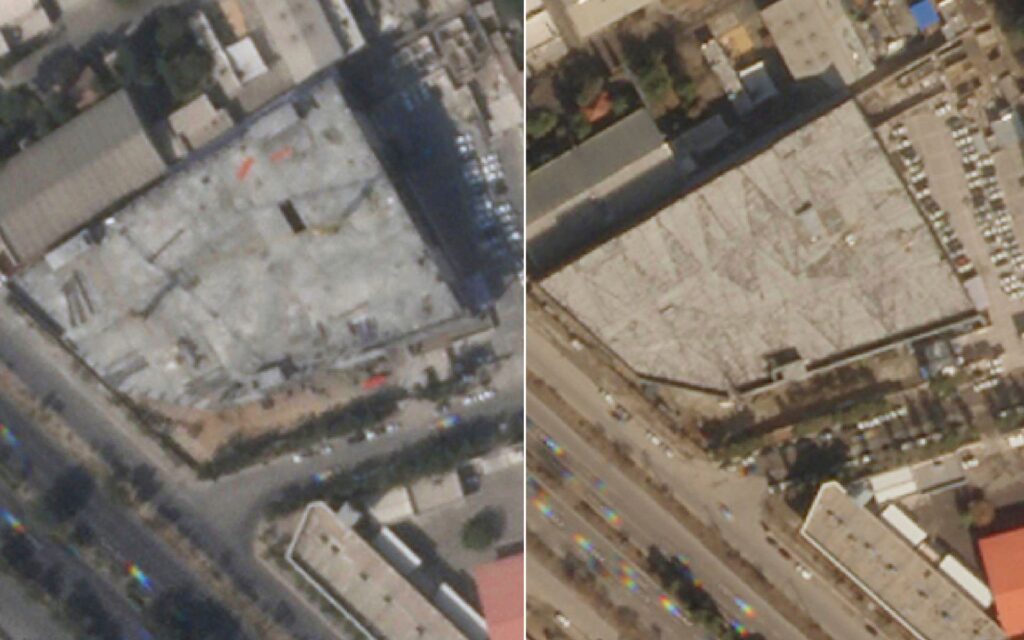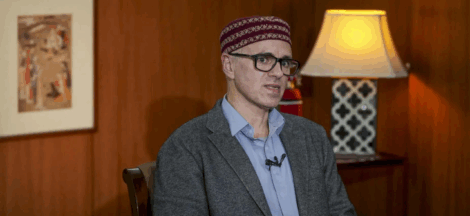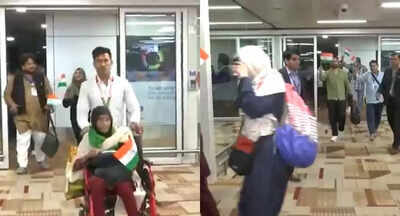Israeli forces struck Iran’s Isfahan nuclear facility and neutralised a senior Revolutionary Guards drone commander, as exchanges intensified in a widening conflict across both nations.
The Iranian-federal Fars news agency confirmed that the attack on the Isfahan nuclear complex did not cause any release of hazardous materials. In parallel, the Israeli military announced the killing of Aminpour Joudaki, commander of the IRGC’s second drone brigade—a key architect of the aerial campaign against Israel.
This operation forms part of a broader Israeli campaign launched on 13 June, deploying over 200 aircraft to strike approximately 100 targets across Iran. These included major nuclear and missile facilities at Natanz, Isfahan, Khondab, Arak and Fordow, along with senior military figures. While satellite imagery shows limited structural damage at key nuclear sites, multiple officials and analysts report that Israel has systematically degraded Iran’s scientific and military command-and-control networks.
The Israeli military’s targeting of Joudaki—an operative credited with orchestrating hundreds of drone assaults launched from regions near Ahvaz—marks a significant escalation in tactics, expanding focus from infrastructure to individual leadership. Iranian media have confirmed the commander’s death.
Iran responded with barrages of ballistic missiles and drones aimed at Israeli cities such as Tel Aviv, Haifa and Beersheba. These attacks triggered nationwide air-raid sirens and resulted in numerous civilian injuries; however, advanced air defences reportedly intercepted the majority of projectiles.
Casualty estimates from both sides continue to rise. Iranian government data reports over 650 killed and many more wounded, encompassing both military personnel and civilians. In Israel, Iranian strikes have resulted in at least 24 civilian deaths, alongside several hundred wounded, and widespread infrastructural damage including to hospitals such as the Soroka Medical Center.
International diplomatic efforts, led by European mediators in Geneva, have thus far failed to halt the hostilities. Iranian negotiators have insisted they will not engage in nuclear discussions while continuing to face military action. Global powers including Russia, China, and UN entities have appealed for restraint, warning of irreversible consequences should hostilities reach nuclear sites.
Experts, including those at the International Atomic Energy Agency, affirm that no radiation leaks have been detected at Isfahan, Natanz or Khondab, despite concerns over nuclear safety highlighted by the attacks. Iran maintains that its nuclear programme remains peaceful, and any military action targeting its facilities is both unwarranted and dangerous.
The conflict originated on 13 June, after the Israeli military conducted coordinated strikes on Iranian nuclear and military infrastructure. The declared aim was to pre-empt the development of nuclear weapons capabilities, which Israel asserted were accelerating. Iran counters that its nuclear efforts are civilian and peaceful in nature, denying intentions to weaponise its programme.
The killing of Aminpour Joudaki signals Israel’s strategic shift toward decapitation of operational leadership. It follows earlier strikes eliminating senior IRGC commanders such as Major General Ali Shadmani, who was killed on 17 June. These targeted operations have cumulatively disrupted Iran’s military command structures.
Encrypted statements from Iranian authorities emphasise steadfast perseverance. Foreign Minister Abbas Araghchi reiterated that nuclear diplomacy remains impossible while attacks continue—effectively closing the door on non-violent resolution for now.
Analysts highlight that Israel’s reliance on precision strikes against individuals and critical sites reflects a broader tactical doctrine aimed at simultaneously degrading capabilities and deterrence. Iran, meanwhile, continues its strategy of missile and drone retaliations, underscoring the multi-dimensional nature of the conflict.
As both nations trade blows, global concern intensifies over unintended escalation. With diplomatic channels faltering and battlefield operations targeting nuclear assets, the spectre of a wider conflict looms—raising fears over regional stability, international energy markets and nuclear safety.




